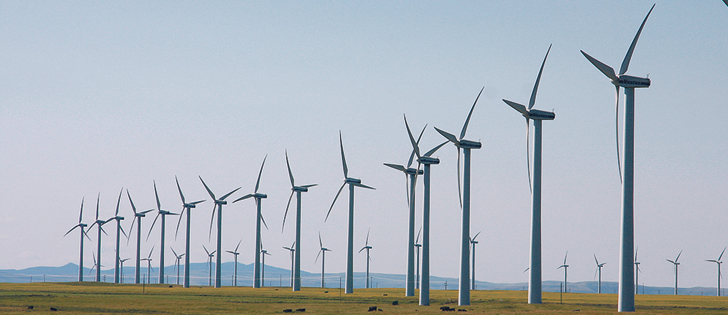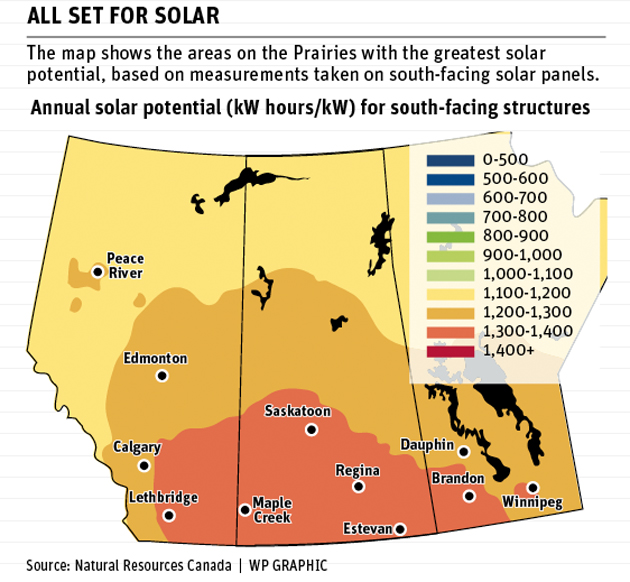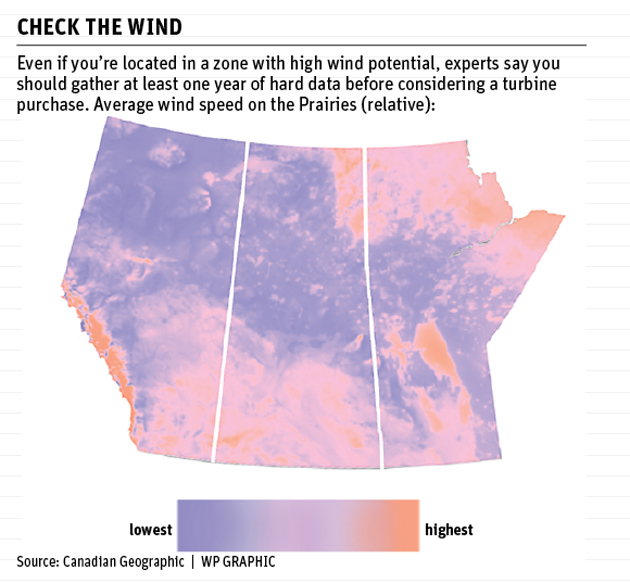Plenty of sunshine and plenty of wind: those are hallmarks of southeastern Alberta and they make the region a logical target for solar and wind energy projects.
In fact, among the 33 proposed solar projects and 52 wind projects in Alberta as of 2016, 41 percent are in the southeast.
That number encouraged the region, which includes the City of Medicine Hat and County of Forty Mile and environs including Brooks, Bassano, Vauxhall, Jenner and Oyen, to consider future renewable energy projects and what they might mean for economic development, labour and spinoffs.
Read Also

Heat waves combine sunshine and sinking air
As we continue our look at heat waves, I figured we should first define what they are by looking at the criteria Environment Canada uses to define heat events.
A report released March 3 calculated that in the next 20 years, solar and wind projects could generate $7.8 billion in investment, more than 10,000 temporary jobs and almost 400 permanent ones, provide $580 in landowner lease payments and generate $765 million in municipal property tax revenue for the region.
“Many of the stakeholders in the report identified the opportunity that exists in southeastern Alberta solely because of that solar potential and the wind potential as well,” said Sandra Moore of Sandra Moore Consulting, who conducted a study and prepared the report.
“You look at those graphs of Canada … that’s like the bull’s-eye right on southeastern Alberta, saying ‘developers, please come here.’ ”
The economic estimates include only larger scale projects that would generate more than one megawatt of energy, and are based on formulas from the Canadian Wind Energy Association and the Canadian Solar Industries Association.
Moore acknowledged that some of the stakeholders she consulted in her research are leery of economic estimates, in part because they can create false expectations and in part because proposals are not the same as actual projects.
“This is a long game. These projects take a long time to be developed … to go from project conception to actual operation.”
Theresa Hardiker, executive director for the Economic Development Alliance of Southeastern Alberta, said the region views solar and wind energy projects as diversification, not as replacements to the oil and gas sector that has been vital to the regional and provincial economy.
She said the various energy sectors are compatible and even complementary in some aspects.
Speakers at the Southeast Alberta Energy Diversification Symposium, held in Medicine Hat March 2-3, noted the availability of labour for renewable energy projects due to the downturn in the oil economy.
Oil and gas workers have transferrable skills for solar and wind projects, said Hardiker.
Renewable energy projects have advantages and disadvantages, as does any energy project, said Moore.
In her research, stakeholders noted potential disadvantages like noise, aesthetics and effect on the landscape. However, Moore said many weren’t sure of the impacts.
‘”What was resounding was that many communities felt that they just didn’t feel that they had enough information or understanding of how these projects work to make informed decisions to move forward.”
Among the report recommendations is the formation of a regional network or association that will collect more information and develop a strategy on renewable energy development.
Report data indicated 18.9 percent of Canada’s primary energy comes renewable sources. In Alberta, the provincial government has a goal of deriving at least 30 percent of its electrical energy needs from renewable sources by 2030.
Based on project proposals within the Alberta Electrical System Operator list, the province could generate 9,781.5 megawatts of energy if all 85 solar and wind projects go ahead.
That figure includes the 3,720 megawatts that could be produced from projects proposed for southeastern Alberta if they all proceed.
The full report can be found here.
Did you know
There are 35 wind and solar projects proposed for southeastern Alberta over the next two decades. These projects could produce:
- $7.8 billion in investment
- 10,875 temporary construction jobs
- 397 permanent operations and maintenance jobs
- $580 million in lease payments to landowners
- $765 million in property tax revenue for municipalities in southeastern Alberta
Source: CanSIA and CanWEA


















